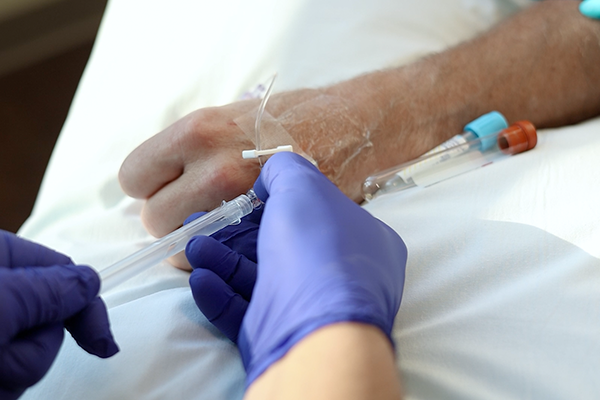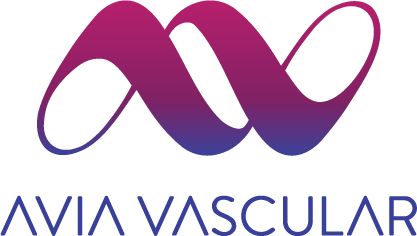A New Standard for Needle-free Blood Collection
Explore The Revolutionary Ally™ Device.
Challenges in Blood Collection are Problems Worth Solving
Blood draws are among the most common invasive medical procedures performed today and are critical to patient care. Traditional methods of obtaining blood samples through venipuncture, or attempting to draw directly from an indwelling catheter, present problems with important implications.
Challenges in Blood Collection are Problems Worth Solving
- Patient pain
- Fear and anxiety
- Multiple needles sticks
- Venous depletion
- Needle stick injury
- Hemolysis, contamination, insufficient volume
- Need for redraws
- Potential central line infections associated with blood draws
- Delays in patient therapy
- Overloaded healthcare workers
- Increased provider costs
With 400-500 million inpatient blood draws performed annually in the U.S., challenges in blood collection are among the most prevalent in healthcare.
Focusing on the Patient
Ally’s needle-free design eliminates pain and fear associated with needlesticks, greatly improving the patient experience, all while providing reliable blood collection.
- Blood draws from PIV catheters are generally discouraged, and venipuncture is predominant.
- As much as 1 in 4 adults, and 2 in 3 children, may suffer from severe needle phobia.
- Venipuncture often requires multiple needlesticks per day. This can create a stress and pain filled hospital experience for patients.
Focusing on the Provider
- Providers are at risk when utilizing sharps devices, with over 1,000 needlestick injuries occurring each day in the U.S.
- As many as 1 in 3 patients are considered difficult vascular access, presenting a greater challenge to collect blood with venipuncture.
- Problems with sample collection and the need for redraws delay patient therapy and can overload healthcare professionals.
- Providers do not want to cause patient discomfort when it can be avoided.
The Ally Improves Upon Traditional Practices by:
- Removing the needle from the blood collection procedure
- Preserving Patient Vasculature
- Simplifying the blood collection procedure
- Removing the risk for needlestick injury
- Improving patient/provider interactions
- Providing quality samples for analysis, allowing the provider to progress with appropriate therapies.
The Ally™
The Ally provides relief from the repetitive blood sample needle sticks that are typical of inpatient hospital stays while remaining compatible with traditional PIV catheters.
The Ally comes in 20- and 22- gauge sizes, compatible with leading PIV catheters and blood collection accessories.
AV100000 – 20G Ally® Needle Free Blood Collection Device, Boxed 32 Pack
AV110000 – 22G Ally® Needle Free Blood Collection Device, Boxed 32 Pack

How Does The Ally Work?
The Ally connects to the catheter system in the same manner as a syringe.
Simply align and twist to connect.

Position & Collect.
Once attached, the practitioner advances the female luer forward to guide the blood collection tube beyond the end of the catheter. Blood samples are collected by attaching a vacuum tube or by aspirating through an attached syringe.

Detach & Discard.
Once attached, the practitioner advances the female luer forward to guide the blood collection tube beyond the end of the catheter. Blood samples are collected by attaching a vacuum tube or by aspirating through an attached syringe.
Indications for Use
The Ally device is attached to a PIV catheter system for tube or syringe.
Testimonial.
“We have been loving the Ally device, they have been working perfectly. This morning I drew blood easily using the Ally – no hemolysis, no discomfort, the participant was happy to not need another two pokes, and my study coordinator was excited they didn’t need to replace the IV again.”
